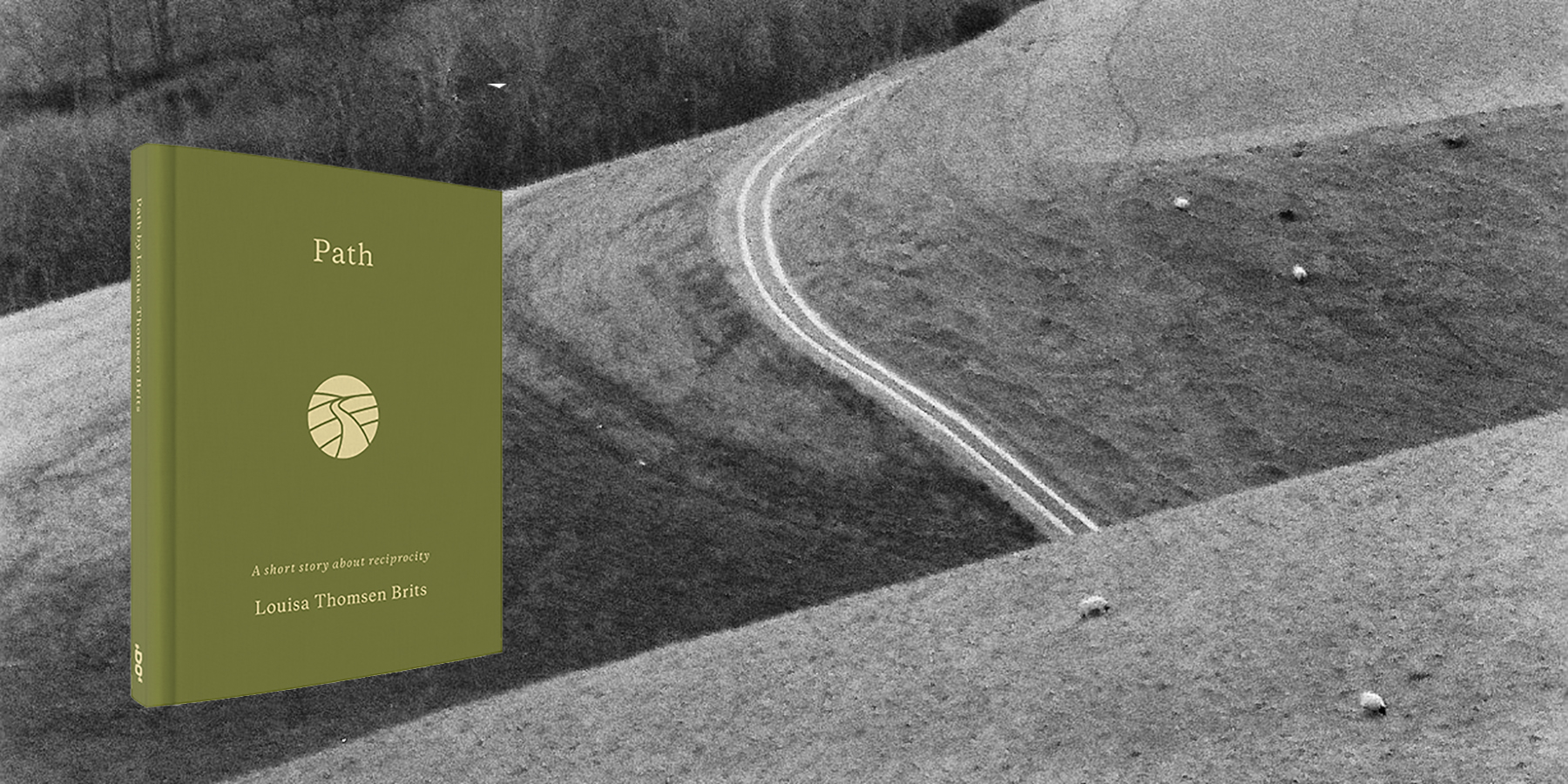Path – A short story about reciprocity
Louisa Thomsen Brits – a review by Neil Gower
Path is a book to be read slowly, and read again. It invites the reader to tread mindfully, to relish each phrase and pause. Like the Sussex landscape it celebrates, it is a book that enriches with each encounter.
I have been running and walking over the South Downs for many years. To my eye, it is the British landscape that most resembles a recumbent human form and I have developed an intimacy with its curves and folds that has only deepened with time. Louisa Thomsen Brits' latest book, Path – A short story about reciprocity, conjures a similar sense of mutual dependence rather like a love affair, of being drawn deeper into shared secrets. It is fitting that Thomsen Brits gives her path a voice:
Walk with me.
Together we will pattern the earth,
tracing the surface of the land.
…
Follow me
to the edge of a wood
and pause to find yourself in a chapel of slender trees.
Step into this silent shaw of oak and sycamore,
…
to meet yourself,
and tread me into being.
The path speaks of connections made and yet to be made, a living thread between past and future linking those who have trodden before and those yet to pass its way. It ponders its own existence:
I am the pace and pause
of wayfarers,
…
In their tread, I follow their purpose
and fathom my own.
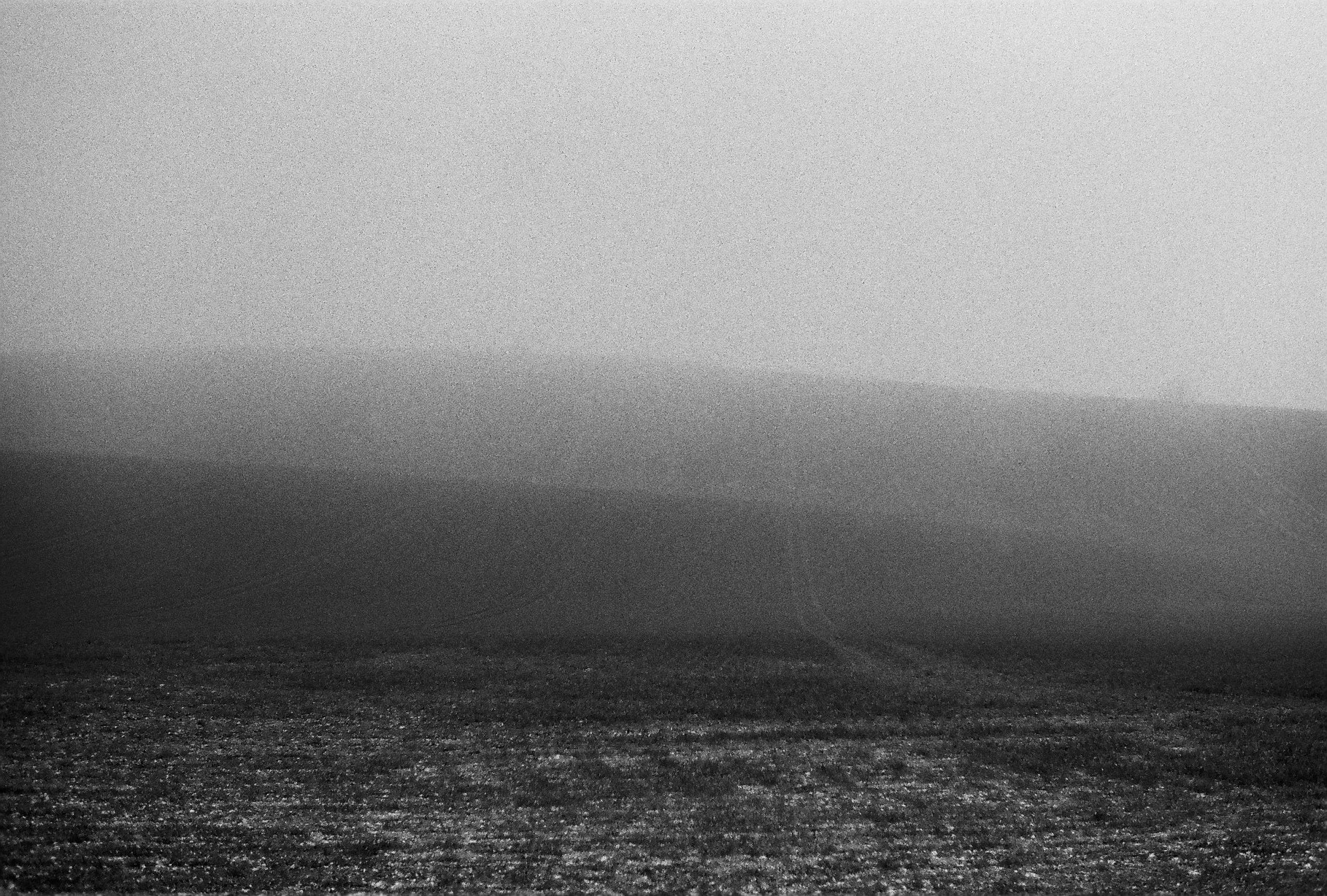
This is also a book of revelations, of rendering visible what lies beneath. In Anne Wroe’s Six Facets of Light (cited in Path’s bibliography), Wroe describes Victorian nature writer Richard Jefferies, then convalescing in Brighton, as enchanted by the dryness, clarity and ‘champagniness’ of Sussex light. It is easy to imagine vast subterranean caches of light trapped in the chalk of the South Downs, the paths scratching the surface, offering glimpses of the luminous. We wanderers and ponderers discover ourselves too as, in the very act of walking, Thomsen Brits remarks that “…pale traces of your intention are revealed”.
Richard Jefferies went on to describe Sussex light as “bringing all things into clear relief, giving them an edge and outline”. If Thomsen Brits sets out to define what a path represents, then it is the help of this intrinsic definition of Sussex trails that helps her succeed. If a path does represent a future, then here on the Downs it is a distinct and bright one. Similarly, as we pause to catch breath and look over our shoulders, it enables us to discern our own steps with equal, singular clarity.
The chalk paths fire the imagination – seen in one mood they are the taut ropes curving over Gulliver’s chest, lashing him to the earth. In another they are slender ribbons of silk sliding from a shoulder. Path is shot through with a similar sensuality: the Downs are Siren – “Yield to me”. They are Muse – “Follow me”. There is a physicality too in the “heaviness of step…” and “quickness of breath” we experience along the way. The momentum of the reader’s journey is enhanced by the collaborative nature of the book. Jim Marsden’s monochrome photographs follow the path up and we see it emerge, barely discernible at first, from the Ouse floodplain. It gathers purpose and width en route to the broad, rutted trails of the flatter uplands. Here, vast landscapes effervesce and squalls chase unhindered crosswinds from the channel. In turn, the vigour of Linda Felcey’s artworks complement the measured pace of Thomsen Brits’ language and Marsden’s spectrally unpeopled images. Felcey’s renderings of titmouse nest and crow in particular are vortices of energetically rendered shadow, a sinuous tracery of black linework, each one a Downland landscape in negative.
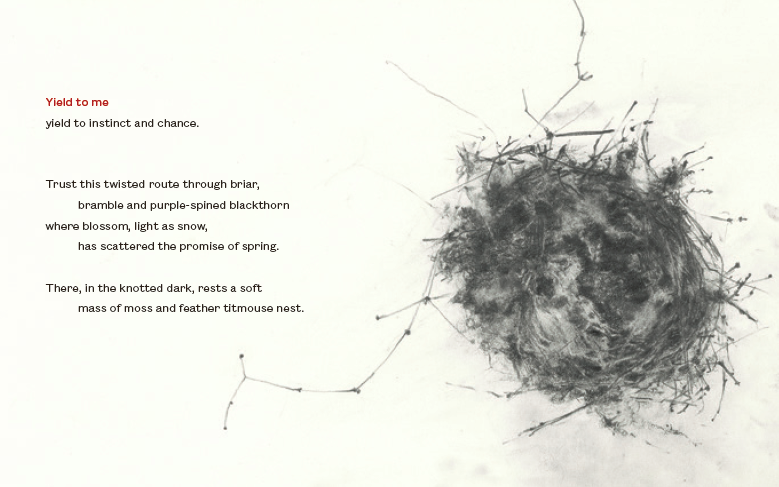
We encounter much of the vivid life that the chalkland sustains: “A sudden skylark, selved in song”. We pause where a “hymns of light fall from the trees”, before climbing on past briar, bramble and blossom, until our eye snags on one of the Downs’ signature wind-bent hawthorns. To Thomsen Brits it speaks of quiet endurance. For me, it also speaks of a stoical adjustment to the elements – the prevailing wind each twig’s path.
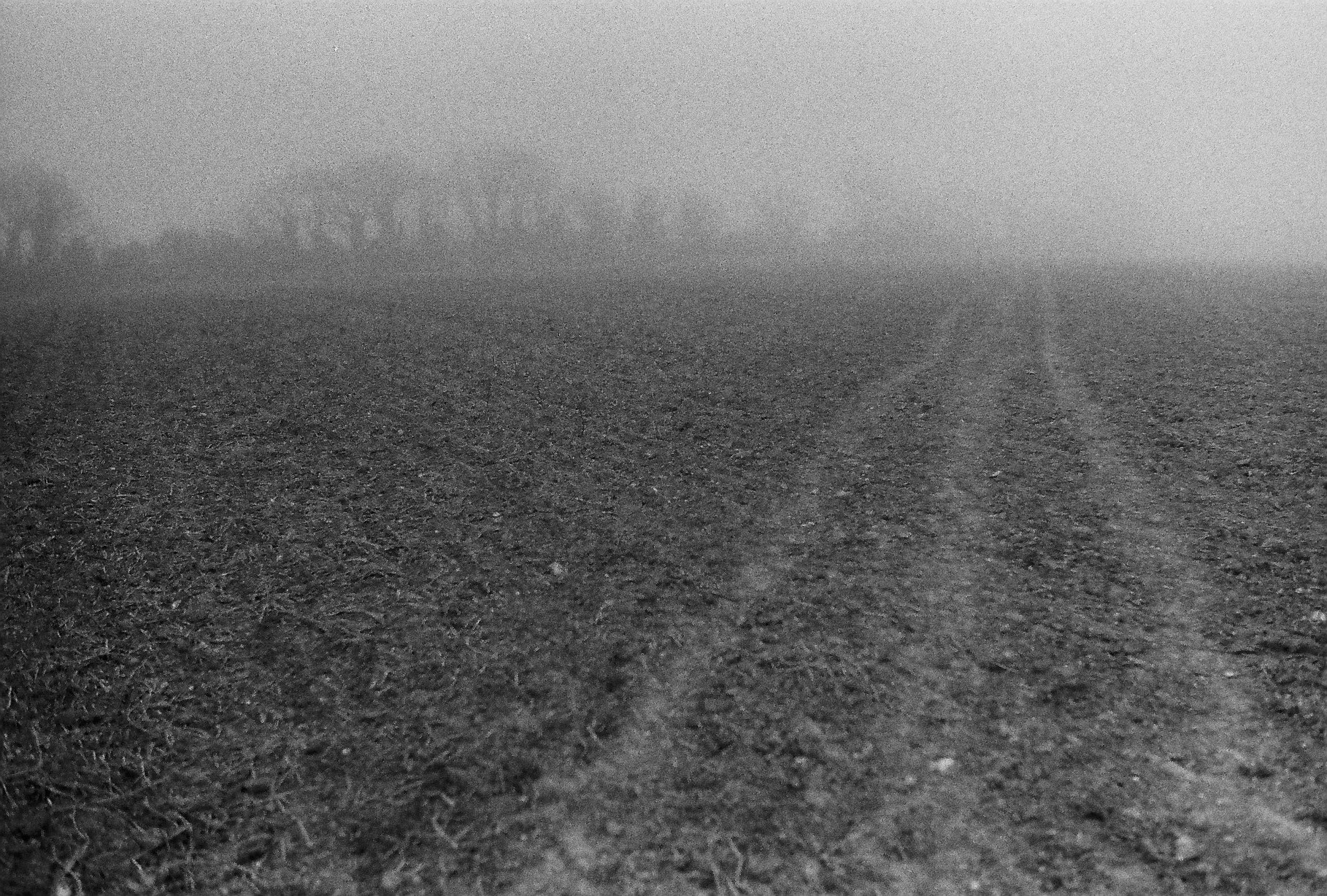
I came away from this book seeing paths everywhere and that is perhaps what it sets out to achieve. Path illuminates the strands of purpose, nature, reliance and desire that connect us all. It quietly asserts the interconnectedness of people and peoples, and if ever a point needed to be reaffirmed, then it is this one, right now.
For subliminal communion with fellow wayfarers past and future, and the wonder of every new moment’s light on an eternal landscape, it is my experience that very little compares with a walk on the South Downs. Path, however, is as good a substitute as you will find in paper form, exquisitely conjuring that incantatory dialogue between sole and soul.
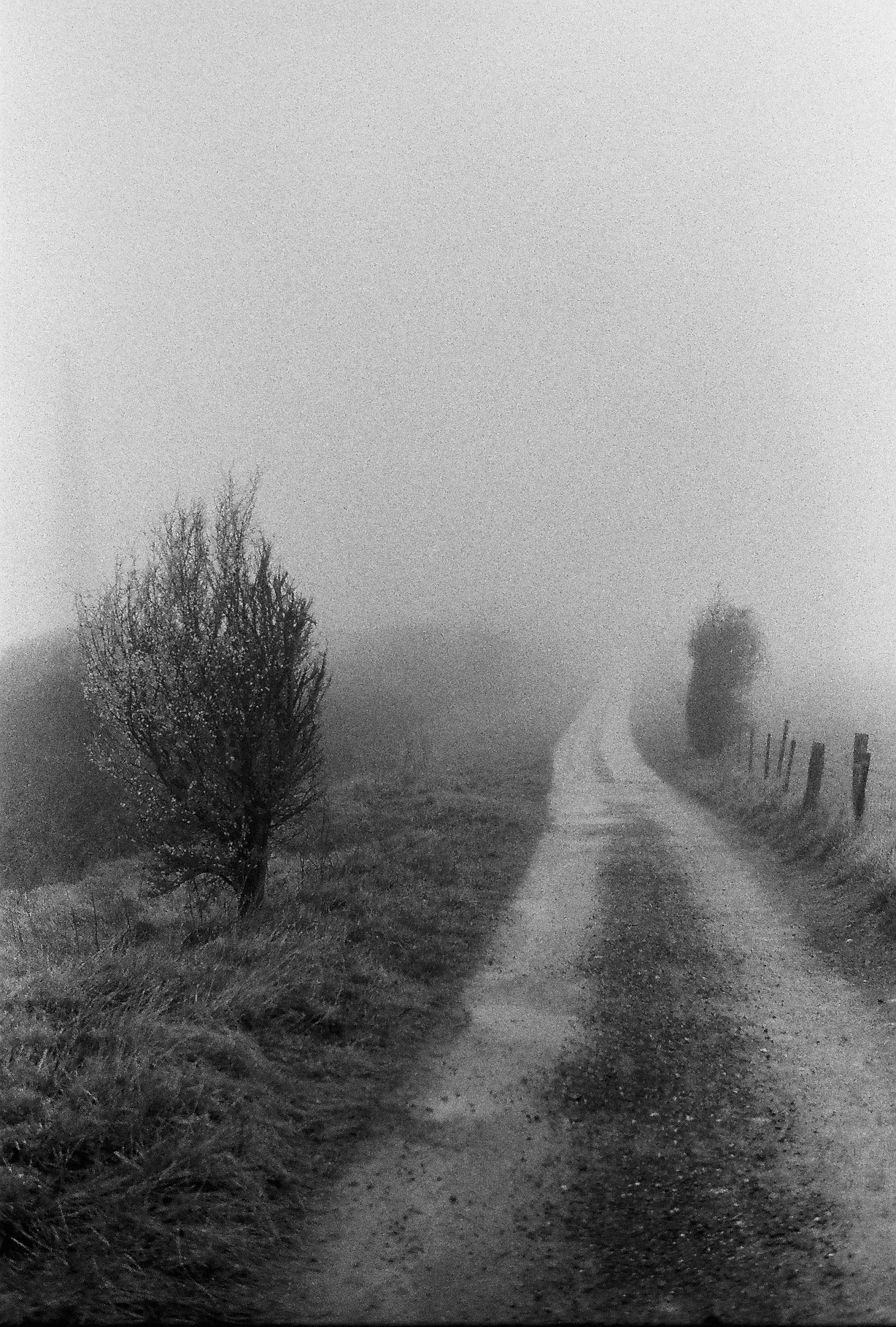
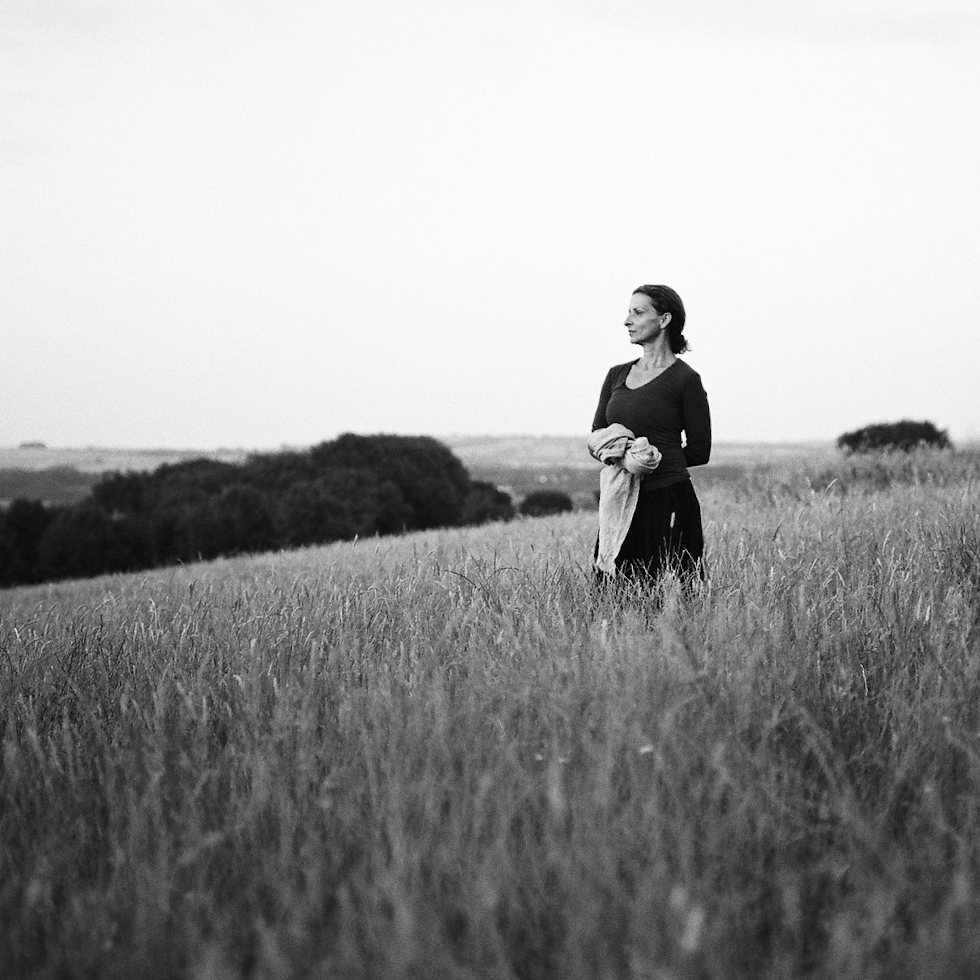
‘Paths, words and the rhythm and ritual of walking help me to navigate myself and the world.’
Louisa Thomsen Brits is an author, amateur naturalist, outdoor swimmer, mother of four. She has been a restaurant and arts critic and a tribal belly-dance teacher. Louisa is interested in our response to the natural world rooted in our humanity, in community, craft, the confluence of poetry and science, domestic and wild. She writes about our common life and the rhythms and rituals that unite and define us all.
Louisa lives in Sussex, England and you can follow her @L_Thomsen_Brits on Twitter and @louisa_thomsen_brits on Instagram
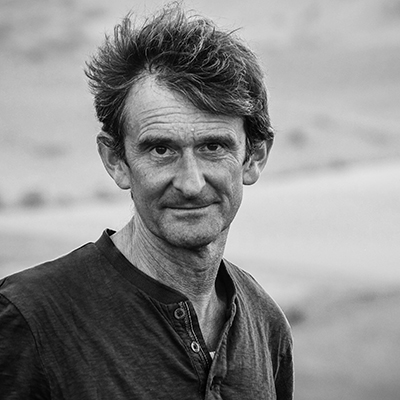
Neil Gower is an internationally acclaimed graphic artist, working in a wide range of media and styles. Over the past 30 years his clients have included most major publishing houses in the UK & US – Faber & Faber, Penguin, Random House, Transworld, Knopf – and magazines such as The New Yorker, The Economist and Vanity Fair and spent ten years as Contributing Artist to Conde Nast Traveler in New York. He has also recently engaged in private commissions for Raymond Blanc and Sir Roy Strong.
His passion for drawing, colour and letterforms – and exploring the infinite possibilites for combining them – remains undiminished.
Neil is a valued contributor to Elementum Journal and lives in Sussex, England. You can follow him @neiljgower on Twitter and on Instagram.
